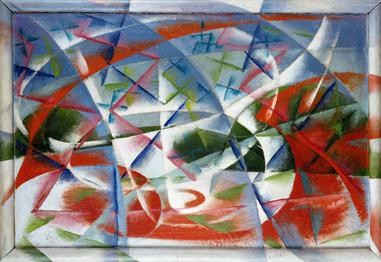

Manifesto for New Systems

Over time, our creations slip away. As they enter the world, they must lose their openness and become sites of elaboration. These elaborations reach out to every possibility imaginable, and cover the world. This is the mark of success. The work of Don Buchla and Bob Moog becomes the West and East Coast styles. The 303 becomes a genre. 808 kicks become a wonderful caricature of themselves in deep trap bass. The success of these creations means that they must become the answers to questions, the actuality to possibility. Thus creativity brings its own ending. Only through continuous work can we move backwards in time, from answer to question, from actual to possible. Creativity is the recovery of open space in a built world.
Because of this, the best way to be creative is to leave ourselves behind and begin again with the world. Objectivity is the source of creativity, not its enemy. A photographer captures reflected light through endless angles. The light of sound and music is already there in the world, living on the surfaces of objects, but it can't become art until it is captured and revealed.
Our designs are therefore mathematical and bottom-up. While Moog's approach to synthesis often centered on abstract mathematical entities, this was mostly for pragmatic reasons. Some amount of pragmatism is always necessary, but ultimately, as a form of humanism, we reject pragmatism. While Buchla's interface-first philosophy sometimes settles on a beautiful abstraction, at other times it loses the abstractions which cannot find their philosophy in the interface. Interface is not instrument. While we share Serge Tcherepnin's insistence on bottom-up design and staying close to the abstraction, we feel that the electronic abstraction is the wrong choice. The instrument should begin with the mathematics of sound itself.
The world is the means of our creation. There is no antithesis between exact control and the “personality” of an instrument, no antithesis between information and discovery, no antithesis between the deliberate and the aleatoric. Possibility is so much more than what remains when constraint is removed. Possibility has a positive existence in the substance of our instruments. We make instruments that, because they are rich with the world, give us precise control. Control is achieved when we vanish into our instruments.
The system itself is our art. We build the connections between the musician and their music, between technology and art, between modules, instruments, notes. The world is covered. We must uncover it. We must live again in the time when the system is being built.